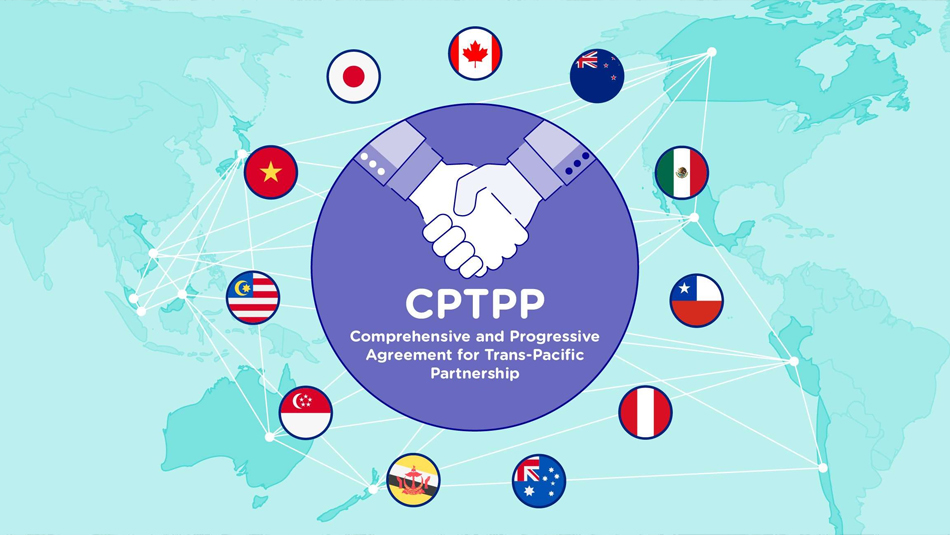Exclusive content

The Comprehensive and Progressive Agreement for Trans-Pacific Partnership (CPTPP) has proven to be a game-changer for the shrimp export market, ushering in new opportunities for businesses, particularly those in Vietnam. The open market, coupled with tariff incentives, has spurred a significant shift in shrimp exports to Australia.
Since the implementation of the CPTPP in 2019, Australia has emerged as a key player in Vietnamese seafood import dynamics. In 2018, Australia ranked 9th in Vietnam’s seafood import market, but within just four years, it has ascended to the 6th position. This shift underscores the impact of trade facilitation measures and tariff incentives provided by the CPTPP.
Over the past five years, Vietnamese shrimp exports to Australia have witnessed a steady upward trajectory. From $127 million in 2019, the exports surged to $272 million in 2022. The proportion of Vietnam’s total shrimp exports to Australia also experienced significant growth, climbing from 3.7% in 2019 to 6.3% in 2022.
However, the year 2023 has brought about some unpredictability in Vietnamese shrimp exports to Australia. The first seven months saw erratic fluctuations, but in August and September, there was a slight growth. October, though, witnessed a decline, albeit less severe than in previous months.
White-legged shrimp dominates the structure of Vietnam’s shrimp products exported to Australia, constituting a substantial 95%. Black tiger shrimp represents a minimal proportion of 0.2%, while other types of shrimp make up the remaining 4.8%. The range of processed shrimp products exported includes shrimp dumplings, ginger shrimp dumplings, frozen fried breaded meatballs, and frozen skewered meatballs.
Thanks to agreements like AANZFTA, CPTPP, and RCEP, Vietnamese shrimp products benefit from a 0% tax incentive when exported to Australia. Additionally, there is a growing preference among Australians for Vietnamese shrimp, extending from restaurants to major supermarket systems and convenience stores.
Vietnamese shrimp holds a strong position in the Australian market not only due to its quality and supply capacity but also because of the high level of value-added goods processing. This advantage is particularly notable as Australia shifts away from imports from main competitors like Thailand and China.
Australia’s inclination to reduce imports from Thailand and China is an advantageous trend for Vietnamese shrimp exporters. With a preference for value-added processed shrimp products, Australia benefits from Vietnam’s diverse processing capabilities, a factor that sets it apart from some competing countries.
Despite a slight decrease in shrimp exports to Australia by 16% compared to the previous year, Vietnamese shrimp exporters have fared relatively well. The decline is less severe than experienced in major markets such as the EU, US, Japan, and Korea, providing a ray of hope for the industry.